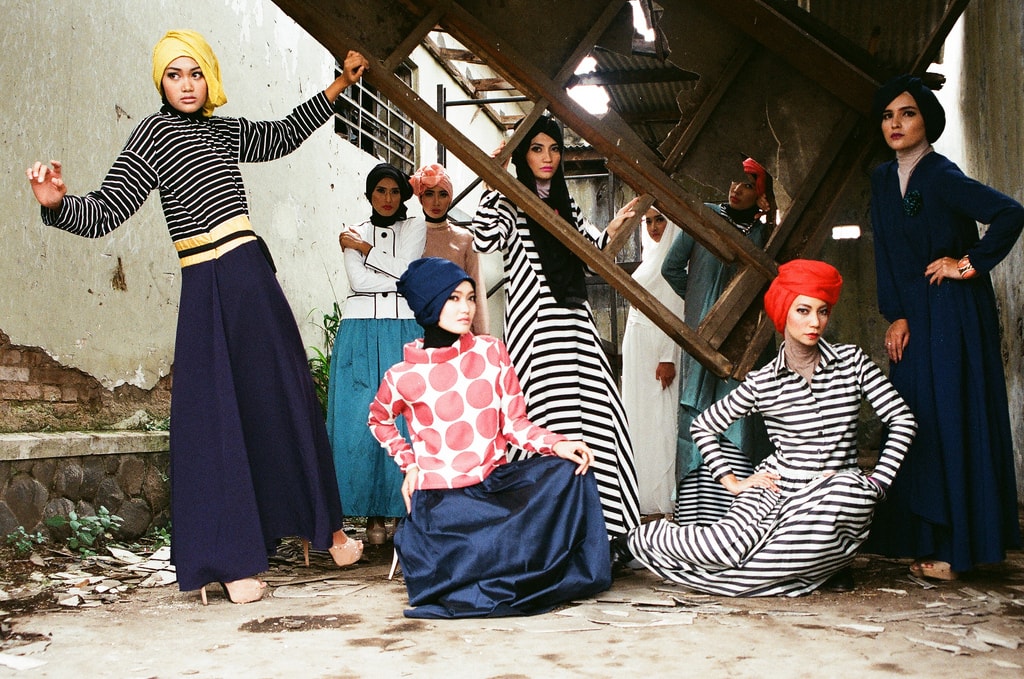Exactly How to Style Eastern Wear Pakistan Outfits for Contemporary Beauty
Exactly How to Style Eastern Wear Pakistan Outfits for Contemporary Beauty
Blog Article
Experience the Beauty of Traditional Eastern Outfit
Embark on a journey through the complex globe of conventional Eastern clothes, where each garment tells a story woven with social richness and historical value. Join us as we unwind the secrets behind these elegant pieces and discover the appeal of Eastern clothing that has actually captivated generations. eastern wear pakistan.
History of Eastern Attire
Eastern outfit has an abundant history that dates back centuries, mirroring the diverse cultures and customs of regions such as Asia and the Center East. In Asia, traditional attire varies considerably from the colorful saris used in India to the elegant bathrobe of Japan.
Throughout history, Eastern clothing has not just acted as a kind of clothes yet additionally as a sign of social identity and heritage (eastern wear pakistan). Fabrics like silk, cotton, and linen have actually been commonly used, with patterns and designs frequently holding considerable significances or standing for aspects of nature or spirituality. Typical garments have actually been given via generations, with each item carrying a sense of background and practice. Today, Eastern attire remains to develop, mixing typical elements with modern-day style patterns to create one-of-a-kind and timeless designs.
Value of Needlework
Embroidery plays an essential duty in traditional Eastern attire, adding elaborate information and social relevance to garments that have actually been passed down through generations. In Eastern societies, embroidery is not just ornamental yet holds deep symbolic significances. Each stitch and pattern can share stories, ideas, and even social standing.
The art of embroidery in conventional Eastern attire is a labor-intensive process that calls for skill and persistence. Very knowledgeable artisans diligently hand embroider detailed layouts onto textiles using techniques that have actually been refined over centuries. These embroidered designs typically show the rich social heritage of the region they stem from, showcasing themes influenced naturally, mythology, or historical occasions.

Elegant Fabrics Made Use Of
Elegant textiles play a critical function in improving the beauty and luxury of typical outfit throughout diverse Eastern societies. Silk, renowned for its soft qualities and luster, is a favored option for numerous traditional garments due to its elegant feel and capability to curtain gracefully. In nations like India, China, and Japan, silk has a lengthy background of being utilized in conventional clothes, symbolizing wealth and status.
One more commonly utilized extravagant textile is brocade, defined by complex patterns woven into the product. Brocade includes a touch of class to garments and is often seen in ceremonial attire and formal wear. Velour, with its deluxe appearance and abundant appearance, is also a preferred choice for conventional attire in Eastern societies, particularly for special occasions and joyful events.
Furthermore, chiffon, organza, and satin are frequently used for their lightweight and flowing qualities, adding a sense of special and sophistication to garments. These extravagant materials not only browse around these guys elevate the aesthetic charm of typical Eastern clothing yet additionally add to the overall appeal and beauty of the wearer.
Craftsmanship Techniques
Traditional attire in various cultures showcases impeccable craftsmanship strategies that are given via generations, highlighting the skill and virtuosity associated with creating these elegant garments. Each stitch, decoration, and embroidery is thoroughly crafted to develop timeless items that embody the social heritage and customs of the region. The workmanship techniques made use of in standard Eastern clothing typically entail complex handwork, such as hand weaving, hand needlework, and hand beading, which need accuracy and attention to detail.
Artisans that specialize discover here in these strategies go through years of training to ideal their abilities and understand the traditional techniques of garment construction. Using premium materials incorporated with professional workmanship causes garments that not only look aesthetically magnificent however additionally stand the test of time. The commitment to preserving these craftsmanship strategies makes sure that each item of traditional Eastern attire is a masterpiece, mirroring the rich social background and heritage of the area.
Classic Beauty and Appeal

The elaborate needlework, delicate beadwork, and lavish materials used in traditional Eastern clothing contribute to its unequaled beauty. The meticulous creation passed down with generations makes sure that every piece shows and informs a tale sophistication and grace.
Moreover, the classic shapes and graceful draping of typical Eastern clothing include in its long-lasting appeal. The moving lines and classy layouts create a sense of harmony and equilibrium that is both emotionally fascinating and aesthetically appealing.
Fundamentally, the classic sophistication and beauty of typical Eastern outfit act as a testament to the ability and virtuosity of the craftsmen who commit their lives to protecting these charming sartorial traditions. - eastern wear pakistan
Final Thought
In final thought, the elegance of conventional Eastern clothing is a testimony to the rich background, cultural significance, and elaborate workmanship of the region. From the intricate embroidery to the glamorous textiles and classic charm, each garment informs a tale and shows the social identity of its beginnings. Embracing Eastern outfit permits one to appreciate the virtuosity and elegance that have been given via generations, developing absolutely elegant and fascinating pieces.
Embark on a journey through the elaborate globe of standard Eastern clothes, where each garment informs a tale woven with cultural splendor and historic special info importance.Embroidery plays an important duty in traditional Eastern clothing, adding elaborate details and cultural relevance to garments that have actually been passed down via generations.Luxurious fabrics play a critical duty in enhancing the beauty and luxury of typical outfit across diverse Eastern cultures. The craftsmanship techniques used in traditional Eastern clothes often entail detailed handwork, such as hand weaving, hand embroidery, and hand beading, which need accuracy and attention to information.
In final thought, the beauty of typical Eastern clothes is a testament to the abundant background, social importance, and elaborate craftsmanship of the region.
Report this page